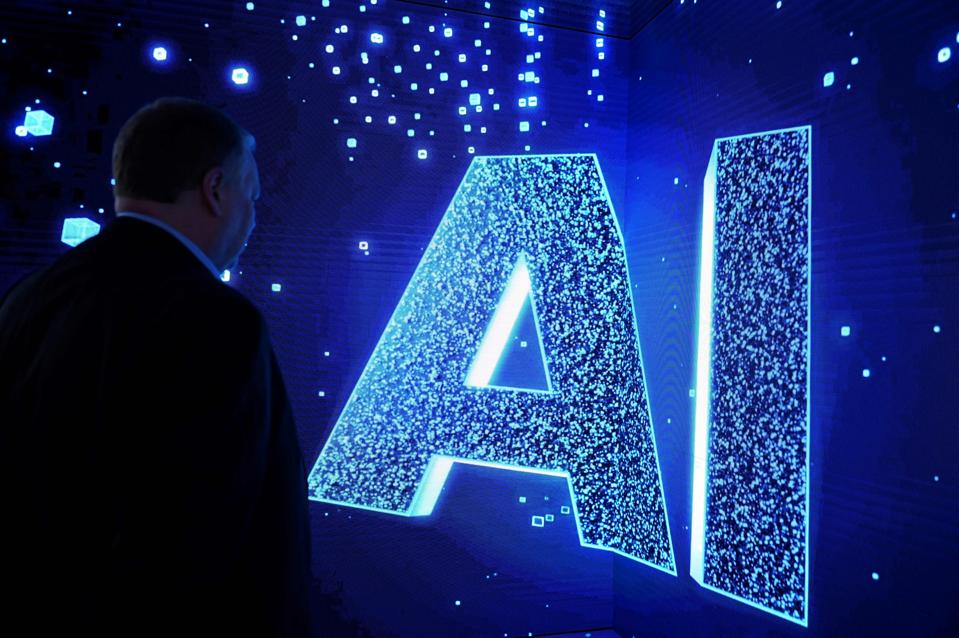AI is developing at breakneck speed. Every day new developments and breakthroughs are announced. The big players in the west like Google, Microsoft, Amazon, Tesla, Nvidia are making big bets on commercial success and in the east China is in the mix too with DeepSeek and government backed programs. The AI ‘space race’ is fully in play.
But whilst the technology is advancing rapidly, the critical question for me remains: are organisations really ready to harness AI’s full potential to achieve the promised 15%-30% productivity improvements being predicted by the World Economic Forum? Or will corporate AI adoption hit a wall.
AI adoption is an organizational and culture issue
I recently led a study group working with AI industry experts involving a number of organisations from different sectors that examined the implications of AI on jobs, people, and organisational structures. The experience has been illuminating, leading me to conclude that successful AI adoption is predominantly an organizational and behavioural change challenge and less of a technological one. Yet paradoxically, many companies are treating AI as a technology deployment, handing the reigns over to their CIOs.
Awkward conversations
As part of our research, we developed a simple questionnaire designed to identify AI’s impact on specific jobs by examining several key factors. Participating organisations were asked to invite employees to complete this survey, but few actually did. When pressed for reasons, we discovered that they were uncomfortable even raising the subject of AI with their employees for fear of the questions that might arise.
Consider the dilemma: what happens after an employee completes the questionnaire revealing their jobs could change radically? This triggers awkward questions: Is my job secure? Will AI reduce our headcount? What will happen to me? Will I be retrained?
Making matters worse, “AI”, for many remains a fuzzily defined concept encompassing various technologies from Large Language Models (LLMs) like Co-pilot, Chat GPT, Co-Pilot, Gemini and Claude to sophisticated machine learning algorithms. This ambiguity compounds the challenge – leaders are rightly uncomfortable about engaging employees on topics they themselves don’t fully understand making AI adoption tough.
Motivations
These conversations become particularly fraught in organisations facing competitive pressures and declining margins, where leadership may view AI primarily as a cost-reduction tool. Companies experiencing growth might frame AI more positively as enabling increased work capacity without additional hiring. However, this narrative doesn’t resonate in organisations whose leaders are explicitly seeking efficiency gains through cost base reduction.
Successful AI adoption requires, at minimum, a clearly articulated narrative and comprehensive education programme to build leadership and employee AI competence and confidence. Organisations must develop honest, coherent communication and change programs and prepare for challenging questions before initiating broader AI conversations.
The Trust Factor
Cultural trust matters enormously too in AI adoption. Organizations with high levels of trust between leadership and employees can have difficult conversations much more easily and honestly than those that don’t. Where leadership has demonstrated a consistent record of transparency, care and ethical change management, employees approach AI conversations with greater openness, less immediate suspicion and less ‘resistance’.
Conversely, in low-trust cultures where leadership credibility has eroded through the historical breaking of promises, contradictory actions and statements, AI initiatives are likely suffer from resistance from a justifiably sceptical workforce limiting the ability to achieve the productivity benefits of higher trust organisations.
Technical and Ethical Barriers
Beyond cultural challenges, there are numerous technical hurdles. Many IT departments have restricted external AI tool deployment due to legitimate concerns about:
- Data security and potential information leakage
- Algorithmic bias and fairness issues
- Questionable efficacy claims from vendors
- “Black box” processing that obscures process and decision-making logic
These technical concerns intersect with growing ethical and legal considerations surrounding AI adoption, including:
- Privacy implications and data protection requirements
- Regulatory compliance across jurisdictions
- Transparency obligations to stakeholders
- Legal liability for AI-generated decisions and content
A comprehensive global study by Deloitte involving over 2,700 executives found that identified governance, ethics, and regulatory compliance as significant barriers to AI implementation, outranking even technical and skills challenges (Deloitte, “State of AI in the Enterprise”, 2024).
Conclusion: AI adoption will hit the buffers
Without comprehensive change programs addressing education, skills, communication, employee engagement, technology, processes, governance, and regulation, widespread AI adoption will be slow. Organisations will go up blind alleys hitting adoption buffers and the promised productivity gains will be hard to achieve.
Leaders that treat AI as an opportunity for organisational renewal, systematically evolving their organizations for a new world will reap the much promised productivity gains and associated competitive advantage. Those that don’t may well be left behind.

